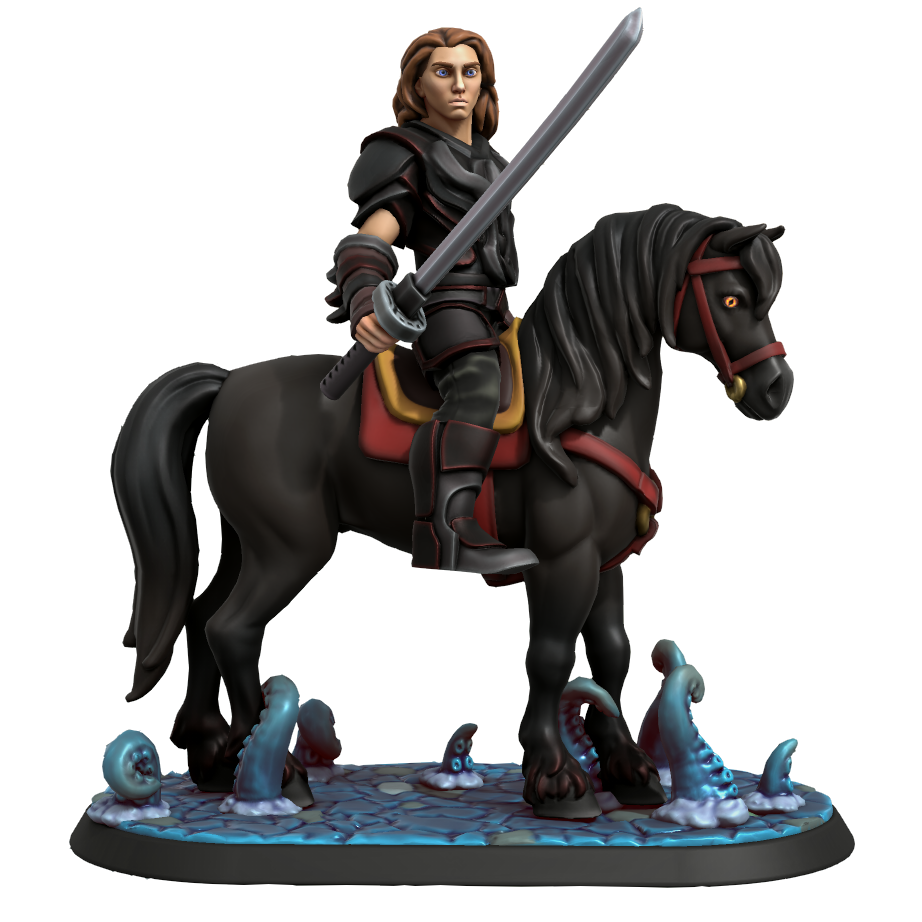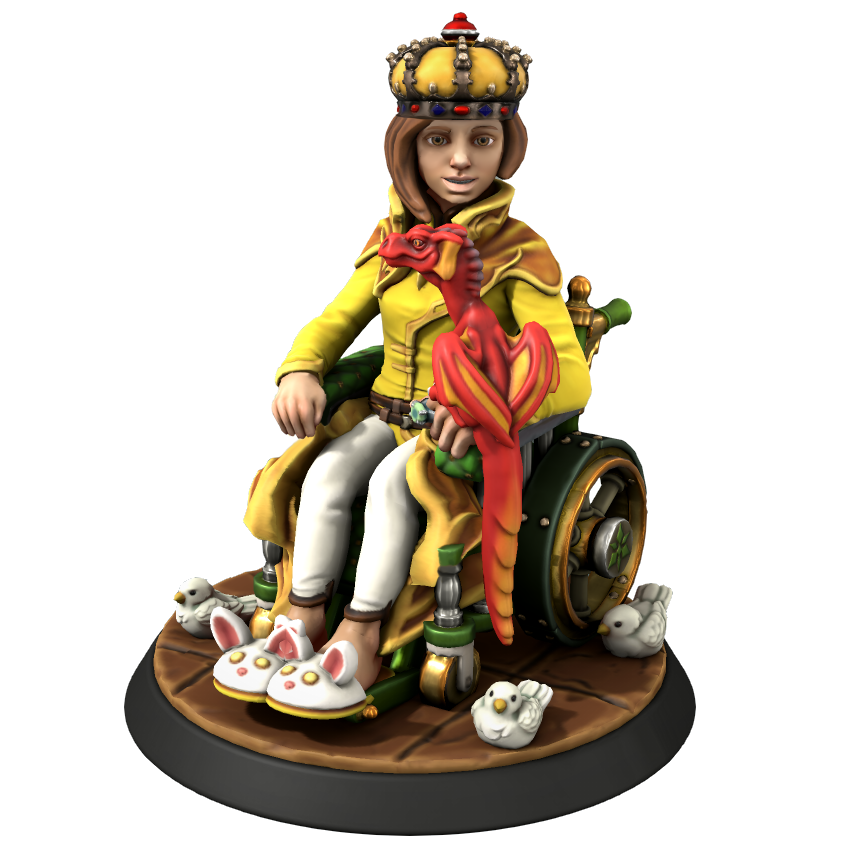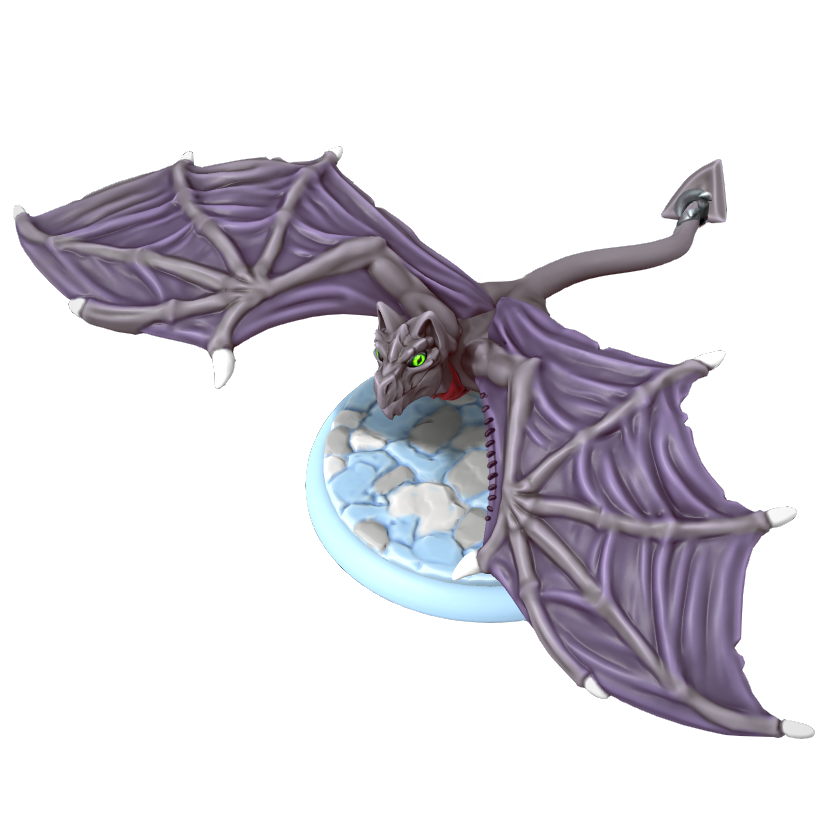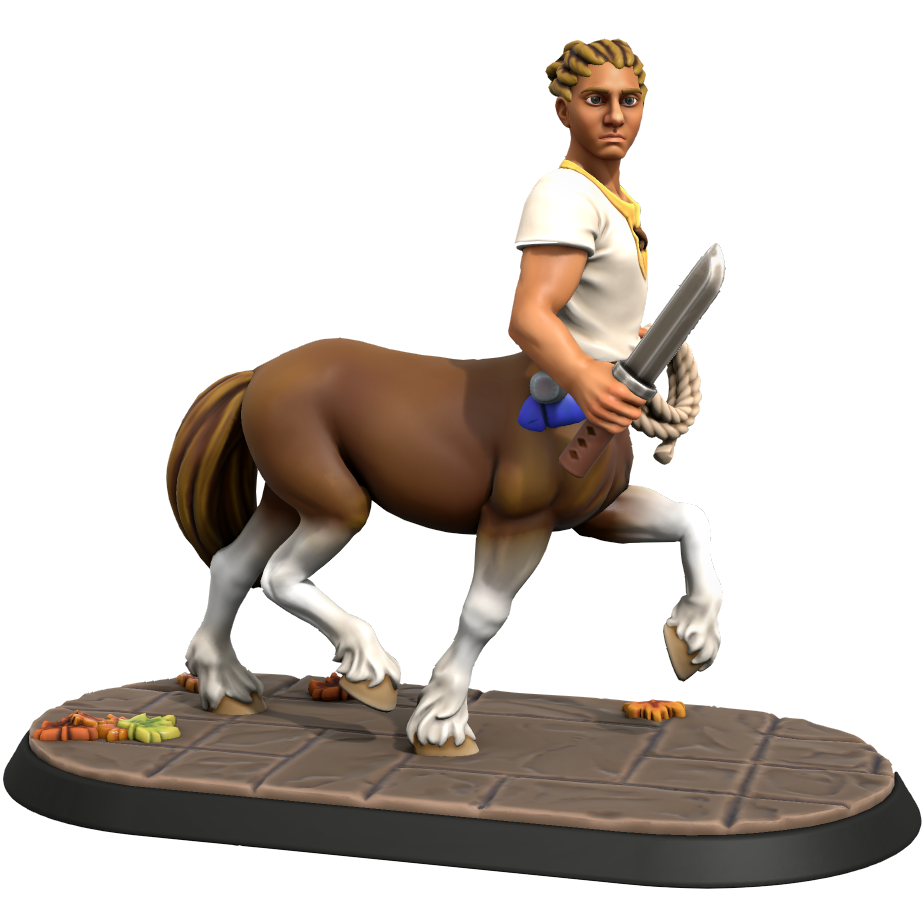Brokenness
A sad fate many toys have to go through (Both in Tierras Mágicas and other worlds) is that of rokenness, a quite generic condition experienced more often by those whose Breath-of-Life All-Mighties are very young, or very careless.
Brokenness may affect any part of a toy, and it ranges from the loss of entire body parts to the weakening or breaking of joints.
Treatments of Brokenness
The exact approach to brokenness was almost as varied as its patients, especially in the early days, where the availability of materials and technology was on its infancy.
The methods could, however, be categorized depending what was being attempted with the broken part:
Somewhat surprisingly, this method had an incredibly low success rate as the access to proper materials led to the affected parts falling back again shortly after, and lowering its effectiveness with every try.
The application of Serious Business Clay combined with the glueing has improved this method drastically.
In the early days, these prosthetics may have been as crude as a wooden leg, but they have evolved to better resemble the original body part or skin colour of the patient, with better and more resilient materials, or even replacement body parts.
Glueing
Sticking back together body parts is the first and most basic treatment of brokenness, when it is an option at all.Somewhat surprisingly, this method had an incredibly low success rate as the access to proper materials led to the affected parts falling back again shortly after, and lowering its effectiveness with every try.
The application of Serious Business Clay combined with the glueing has improved this method drastically.
Prosthetics
Prosthetics are, by far, the most common of treatments for brokenness.In the early days, these prosthetics may have been as crude as a wooden leg, but they have evolved to better resemble the original body part or skin colour of the patient, with better and more resilient materials, or even replacement body parts.
Stitching
Those whose bodies were soft were generally fixed by surgeries that stitched their body parts back together or closed their wounds, usually with prior application of soap anaesthesia.The materials for the stitches varied and were slowly perfected with time, and went from wires to coloured threads, with ncreasingly better matching between the patient's body colour and the thread's colour.
External Aids
When everything else failed, external machinery such as wheelchairs, crutches, casts or tutors would help broken people and animals have a better quality of life.Of these, casts were the most common and tended to work better than glueing to keep together parts of one's body, though the aesthetics were not the best possible.
Type
Physiological
Origin
Natural
Cycle
Chronic, Acquired
Rarity
Common

Knight Sebastián by Naelin







This world is cuter every new article you write. I know the intention is probably the opposite, but I can't help imagining young Nae operating on his little patients... soap anaesthesia... omg <3
Nah, I didn't intend for this one article to be gruesome. I myself didn't remember the thing with the soap anaesthesia until I thought of it hahaha